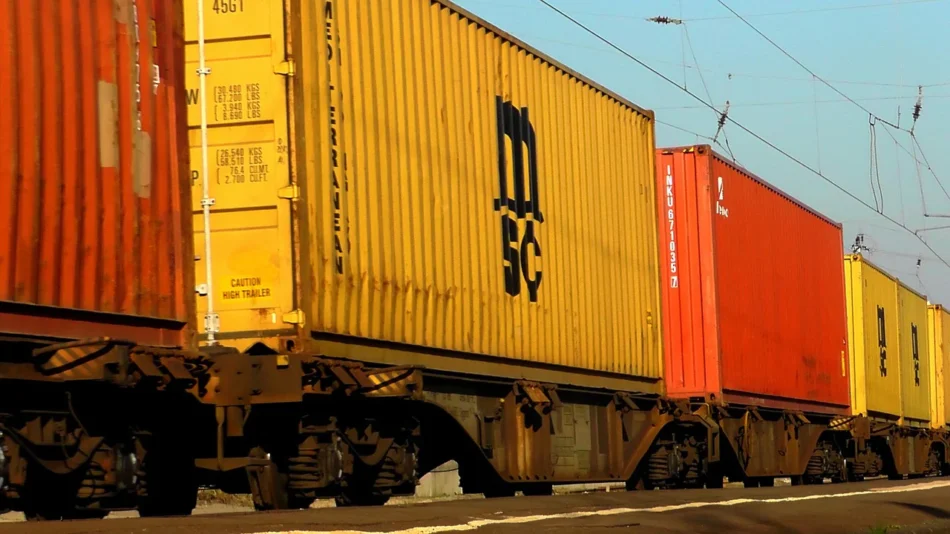A matter of perspective
By Paul McGowan From PS Audio

At Octave Records our recording, mixing, and mastering process are both praised and criticized. Fortunately, we get pretty universal praise for the final outcome, but how we got there is often a point of controversy.
Big wonder that audiophiles and recording engineers differ in their opinions! 🙂 Who’d have guessed?
Perhaps it’s helpful if we try and clear up some of the confusion around formats and why we do what we do. First, a little primer in how it all works.
If we’re making a recording, we have to first convert the analog signal from the microphones into a usable format we can capture and playback.
In the old days we’d convert that signal to either varying magnetic pulses (tape) or wiggles of a mechanical needle (vinyl). Played back and compared to the original these types of capture were not faithful to the original but their flaws were not only acceptable, they also seemed to add a certain romantic quality to the music. Not a bad thing.
Today, we can make essentially perfect (sonically indistinguishable from the analog source) captures and playback if we use a proper A/D converter and a computer. But, like all things audio, the details are essential. There are two main means of digital capture: PCM and PDM (DSD). If we keep sample rates and bit depth identical, with respect to the formats, then the captured information should be identical.
But, it is not. Not in my experience. Close, but no cigar.
DSD sounds better when used in the original capture method. Once you have it captured, then conversion to PCM is simple math with no loss. The opposite isn’t true. I’ll try and explain.
PCM samples in start-and-stop parallel gulps of data, while DSD samples in a high-speed unbroken continuous stream. Think of this like a train. PCM is like a slow moving freight train that stops and starts as each car is filled up with data. Once full, the train lurches forward and then stops at the next empty car is filled full of bits. Theoretically, like a fast moving film, if you do this quickly enough it shouldn’t matter (because the analog musical data isn’t changing faster than it is being captured). But, that’s not been my experience.
Capturing in PCM seems to leave out essential spatial and harmonic clues in the music. The same is not true for DSD.
DSD is a much longer train traveling 32 times faster than the PCM train. As each box car whizzes by, the system flips a switch that says that car is full or empty. The train never stops to fill up (like PCM) and the flipping of the switch from full or empty happens instantly—as if it were a steady analog stream—without the train pausing. This smooth—continuous, analog-like—32 times faster capture of smaller bites seems to fix the big-chunk failings of PCM.
Why should this matter? If we’re making the conversion from a steady-state analog signal, it’s best to use an almost identical analog-like continuous process (DSD) to grab the samples so the end result is uninterrupted. Once we have that data captured in this continuous manner, it doesn’t make any difference, mathematically, how we reorganize those captured bits. We can take all the time we want to make the conversion without any loss of essential data.
(For those who like numbers, Octave’s capture speed in DSD is quad rate, which means it is running at 11.2mHz. So that’s really fast. When we redo that captured data into PCM, the sample rate reduces down to DXD which is 352.8kHz at 32 bits. Considerably slower. Each “gulp” of PCM data has 32 bits that describe the exact loudness of that sample. But the resulting analog output (once converted) is identical because the same amount of data is still there. If we multiple the PCM sample rate of 352.8 kHz times the bit depth of 32, guess what we get? 352,800 x 32 = 11,289,600. Yup, quad rate DSD!)
Thus, if we capture in DSD and mix in PCM, there’s zero loss. If we capture in PCM and mix in PCM, we never get to enjoy the benefits of that quick no-herky-jerky bit filling DSD version of analog capture.
Grab a copy of my new book! The Aurora Project
Get my memoirs, 99% True
Watch Today’s video
The Montreal show
Architecture
First time
Temples of sound
Questions and answers
SOURCE: PS AUDIO





